Growing up on a Disney-rich diet, most little girls dreamed of being princesses. While any diamond shape you love can give you your daily dose of tiara-tinted luxe, princess cut diamonds are a special class all their own.
Princess cut diamonds are the most popular fancy diamond shape on the fine jewelry market. Their trim lines are timelessly trendy, and they do well in contemporary minimalist designs as well as in more classic style pieces.
Let’s explore why this gorgeous diamond shape consistently ranks so highly in engagement ring sales, and why it might be the right choice for you.
What is a Princess Cut Diamond?
A princess cut diamond is a 57-facet perfect square, sometimes called a “modified square brilliant”. This diamond cut as we know it today was perfected in 1980, but square cut diamonds have been around a lot longer — since about the 14th century. These were originally called the French Cut (looks like our obsession with all things French Girl didn’t begin with Instagram…!).
You’ll sometimes see French cut diamonds in vintage and estate jewelry. Like emerald cuts, they were hugely popular in the art deco period. They’re gentle and uncomplicated, much like other early diamond cuts such as the Old Mine and the Rose, with between 18 and 24 facets that shimmer with little snapshots of light and shadow.
French cut diamond table facets (the large one on the upper face of the diamond) were either octahedral or diamond-shaped — a square that ran perpendicular to the square outline of the diamond itself. The way they interact with light passing through the stone falls somewhere between the scintillating brilliance of our modern brilliant cuts and the “hall of mirrors” effect of step cut diamonds.
Since diamond cutters are always looking for new ways to capture the essence of the gem’s unique optical properties, early diamond shapes were constantly evolving. The French cut went through several variations over time, which is why these diamond cuts will have slightly different arrangements when found in vintage jewelry.
In the 1970s, the square diamond emerged as the quadrillion cut before finally settling into the brilliant, sparkling princess cut design that we know and love today.
Shopping For Princess Cut Diamonds
One of the great things about shopping for princess cut diamonds is that you’ll always have a huge selection to choose from. Unlike other fancy diamond shapes such as cushion cuts, radiant cuts, or trillions, these wildly popular diamonds are always kept in a revolving stock. After round cut diamonds, princess cuts are the single most popular choice for engagement rings Every. Single. Year.
Whether you’re shopping in person at a fine jewelry boutique or online with a vendor like Blue Nile or James Allen, most diamond sellers should have a wide assortment of princess cut diamonds for you to choose from. That’s why it’s so important to be aware of the quality factors of diamond grading, so you know you’re getting the most beautiful stone for the best possible value.
Let’s look at the “4 Cs” of diamond grading and how they affect your princess cut diamond.
Cut
As we discussed in our article on cut grading, cut is the single most important grading consideration when evaluating a diamond’s beauty. Diamond is an incredible gemstone with so many inherent optical properties, but these can only be seen when the diamond is expertly faceted.
When light enters the surface of a well cut diamond, the light will bounce back and forth between the facets at just the right angles. Some of this light will be reflected back at us — this is called brilliance. Some of the light will break apart into a rainbow of spectral hues and then come back to us as colored light — this is called dispersion, or fire.
When a diamond is poorly cut, the light won’t be able to reflect and refract at the right angles and it will usually just drop out the bottom. This will give the impression that the diamond is dull and lifeless, with very little light return.
Princess cuts are designed to offer the best light return possible. It is a challenge to get the kind of brilliance we see in a round cut diamond from a geometric, angled square, but a well cut princess cut diamond offers a wonderful array of brightness, brilliance, and fire.
Like other fancy diamond shapes, princess cuts usually won’t receive an official cut grade on their grading certificate. That means it’s up to you to compare different princess cut diamonds to see which ones feel the most alive.
Color
All diamonds are graded based on the Gemological Institute of America’s diamond color scale. It goes from D to Z, with D being absolutely devoid of color and Z having strong tones of yellow, brown, or grey. Generally, diamonds with less body color are more desirable, but this varies from person to person. Diamonds with less body color will always be more expensive.
Some diamond cuts — particularly those with larger facets — reveal a lot of body color. Others are cut in such a way that the brightness and brilliance minimize the appearance of any off-color tones. While princess cut diamonds have excellent light return, their prominent table facet means they’ll show their body color more overtly than a standard round brilliant.
Diamond color also shows up less readily against yellow and rose gold than it does against white metals. If you’re considering a princess cut diamond ring set in white gold or platinum, consider a stone in the color range of G to I for the best value. For yellow or rose gold, a diamond from H to J will still look white and bright to the naked eye.
Clarity
Truly flawless diamonds are exceedingly rare. Most will have minute blemishes (these are confined to the surface) or inclusions (these are trace materials inside the gem). The nature of these clarity characteristics and how severely they detract from a diamond’s beauty is presented as a clarity scale from F (flawless) down to I1, 2, and 3 (Included, from best to worst).
While the brilliant faceting of a princess cut is great at hiding inclusions around the edges and on the pavilion, it has a large, clear table which can be problematic when looking at the diamond’s clarity. Any blemishes or inclusions in the upper center of the diamond will be much more obvious to the naked eye.
The best value for beauty can usually be found around VVS2 (Very, very slightly included) to about an SI1 (Slightly included). Clarity characteristics that determine these grades will usually be small and in unobtrusive areas of the stone where they are less noticeable.
When looking in the lower end of this range (between VS2 — Very slightly included — and SI1), either try to see the diamond in person or request high quality, detailed photos of the stone to make sure there are no prominent inclusions right under the table facet.
Carat Weight
Diamond carat isn’t actually an indication of quality, though it is an indication of value. Carat is the way we measure the weight of the diamond — one carat is equal to exactly 0.2 grams, or a fifth of a gram. All one carat diamonds will weigh exactly the same, although they may appear relatively larger or smaller depending on the way that they’re cut.
Princess cut diamonds tend to appear larger than round cut diamonds of the same carat weight because of their large center table. It takes up a lot of real estate on the stone and draws the eye, compared to the relatively small table of the round brilliant. Elongated princess cuts, sometimes called rectangular princesses, will trick the eye into seeing them as even bigger.
This means that you can usually go a little smaller on your princess cut diamond and put the money saved towards getting the best cut, color, and clarity grades.
Which Setting is Best For a Princess Cut Diamond Ring?
Princess cut diamonds have a very trim, clean look that works well in simple settings or when paired with other stones. Consider a solitaire that puts your princess cut diamond front and center, letting its strong, unfussy lines carry the show. Princess cuts are also a great match for three-stone rings, either with three princess cut diamonds in a row or with other geometric diamond accents such as trillions or baguettes.
If you’re looking for a diamond wedding band, princess cuts are absolutely made for channel settings. This is where each diamond rests side by side edge to edge, with only bands of metal running along the tops and bottoms of the diamonds to hold them in place. This gives the ring a clean, consistent look and makes it look like a ring of solid diamond runs all the way around. They’re elegant, contemporary, and luxurious without being obnoxiously flashy. Channel set princess cut band rings are the Chanel LBDs of the jewelry world.
How Much Do Princess Cut Diamonds Cost?
Despite their rising popularity, princess cuts are significantly cheaper per carat than round brilliant diamonds — up to 30% less! This is largely because princess cuts are a very efficient use of rough diamond. When cutting round diamonds, gem cutters have to cut away a significant portion of the rough stone. This kicks up the diamond’s price significantly.
Princess cut diamonds, on the other hand, almost exactly follow the natural octahedral shape of the rough diamond. The diamond in its rough form looks like two princess cut shapes stacked on top of each other; the gem cutter only has to slice it into two parts, smooth out the edges, and then add the faceting arrangement so that we’ll be able to see all the light and color that the natural stone has to offer. There is a lot of skill involved to accomplish this, but very little of the raw material is wasted. This keeps the price of princess cut diamonds very reasonable.
Depending on the range of quality factors that we looked at above, one carat princess cut diamonds start at around $2000 and go to about $10,000. Smaller 30 to 50 point diamonds (0.30 to 0.50 carats) range between $250 and up to about $2500 for stones of exceptional quality.
Princess Cut Diamond FAQ
Princess cuts are unique in that they combine a lot of sparkle and brilliance with a very clean, uncomplicated look. Women who choose princess cuts tend to prefer simple styles of excellent quality and seek out trim timeless designs that flatter them rather than chasing after the latest trends. Princess cuts diamonds represent a modern, minimalist elegance that values craftsmanship over flash.
Princess cut diamonds are the most popular square diamond cut, but not the only faceting style given to this shape. Asscher cuts are the square version of the emerald cut diamond and, like emerald cuts, follow a step cut pattern. This gives the diamond a more monochrome effect of light and shadow that we call “hall of mirrors”, rather than the brilliant sparkle of a princess cut.
Radiant cuts can be rectangular or they can be square, but they’ll always have beveled corners rather than the sharp corners of the princess cut. They also tend to have smaller tables and a slightly different faceting arrangement that gives them a fantastic amount of sparkle.
If you love square shaped diamonds, try looking at a princess cut, an asscher cut, and a radiant cut side by side to see which play of light you find most beautiful.
Princess cut diamonds are different from other diamond shapes in that they have sharp, precarious points at each of the four corners of the diamond. When shopping for your princess cut diamond ring, it’s essential that you choose a setting that protects the vulnerable points — prong settings and bezel settings both work well.
For this reason, princess cut diamonds may not be the best choice for someone who works actively with their hands. Consider taking off your ring or wearing it on a chain while doing any sort of hands-on work where it might be damaged.
A Diamond Cut Worthy of Royalty
As you can see, princess cuts are a millennial-friendly marvel of modern diamond techniques. Their glittering scintillation is timeless and always in demand, and their clean lines are an on-trend example of the movement towards high-quality simplicity in fine jewelry and fashion.
Because the square shape uses the raw material so efficiently, you can find princess cuts at very affordable prices in a variety of cut, color, and clarity ranges. A princess cut diamond engagement ring is the perfect choice for any woman who expects to be treated like royalty!

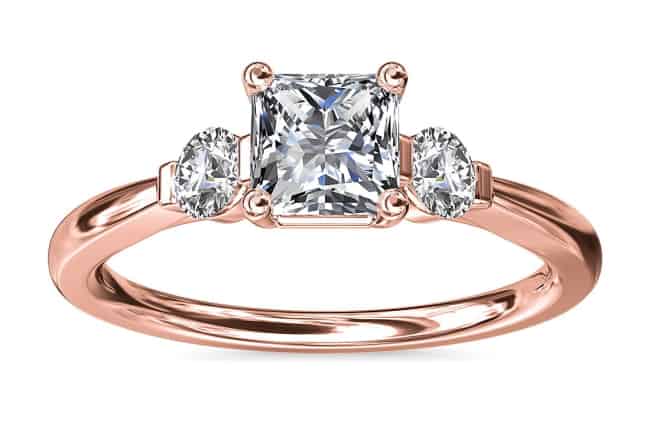



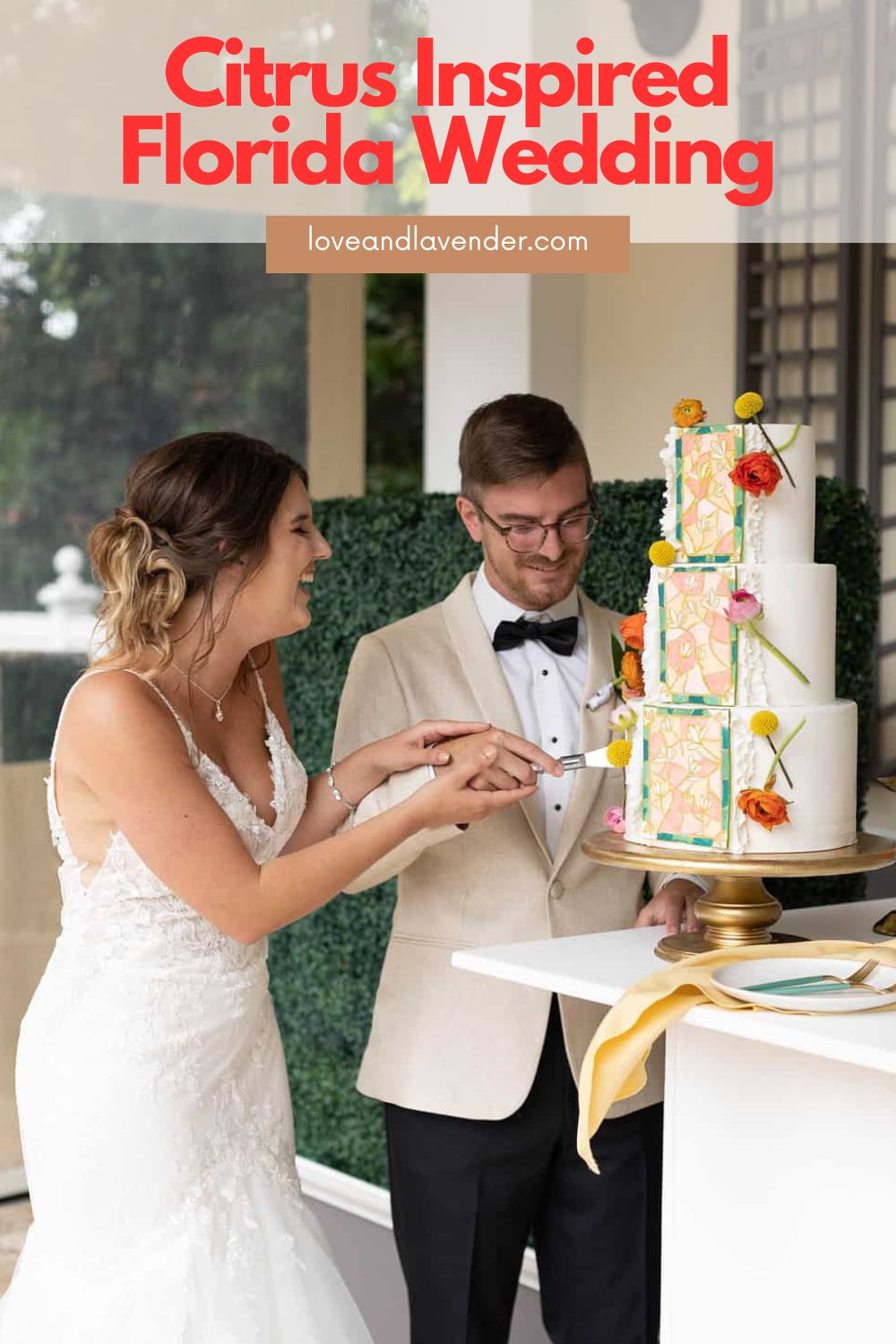
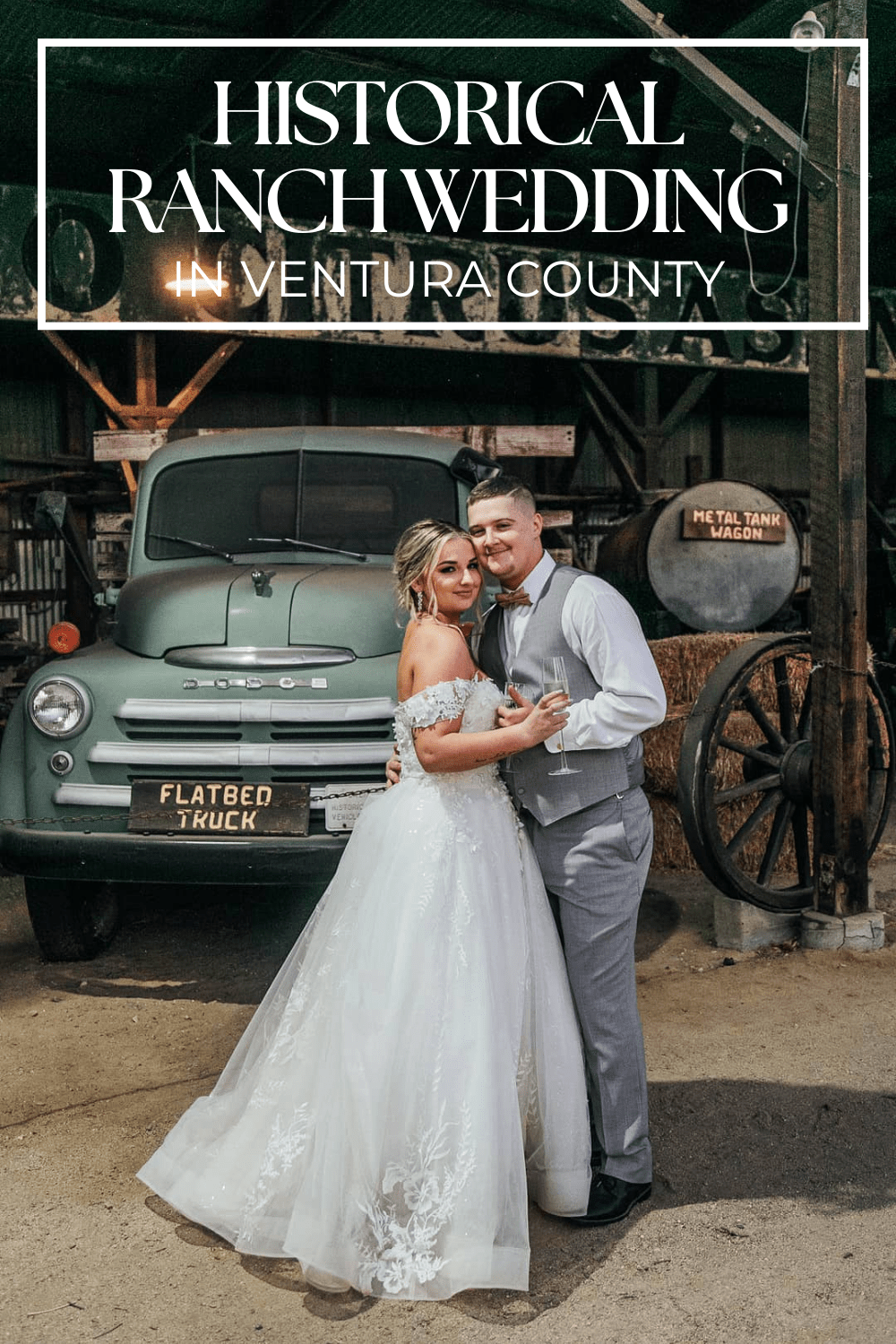



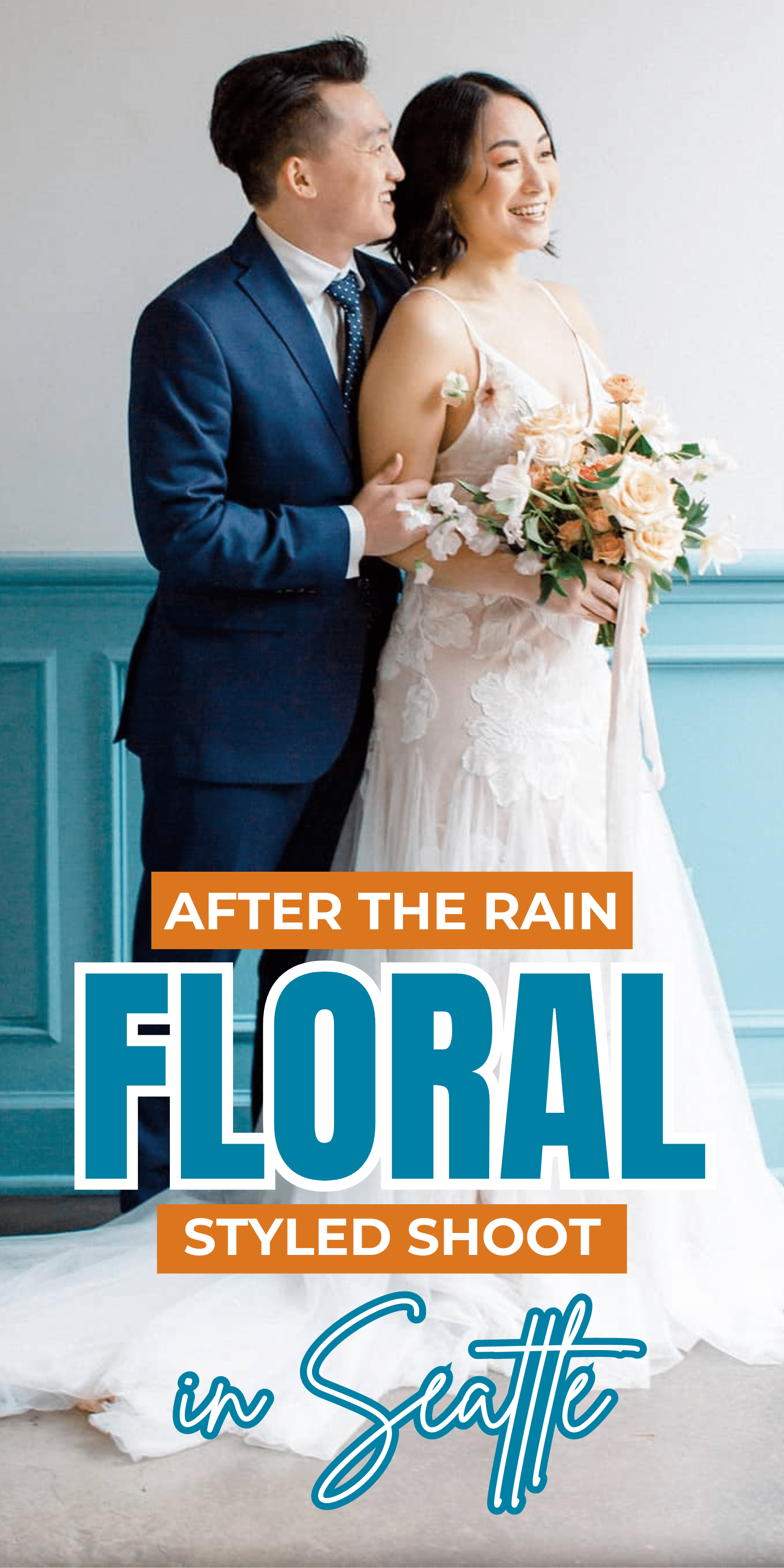


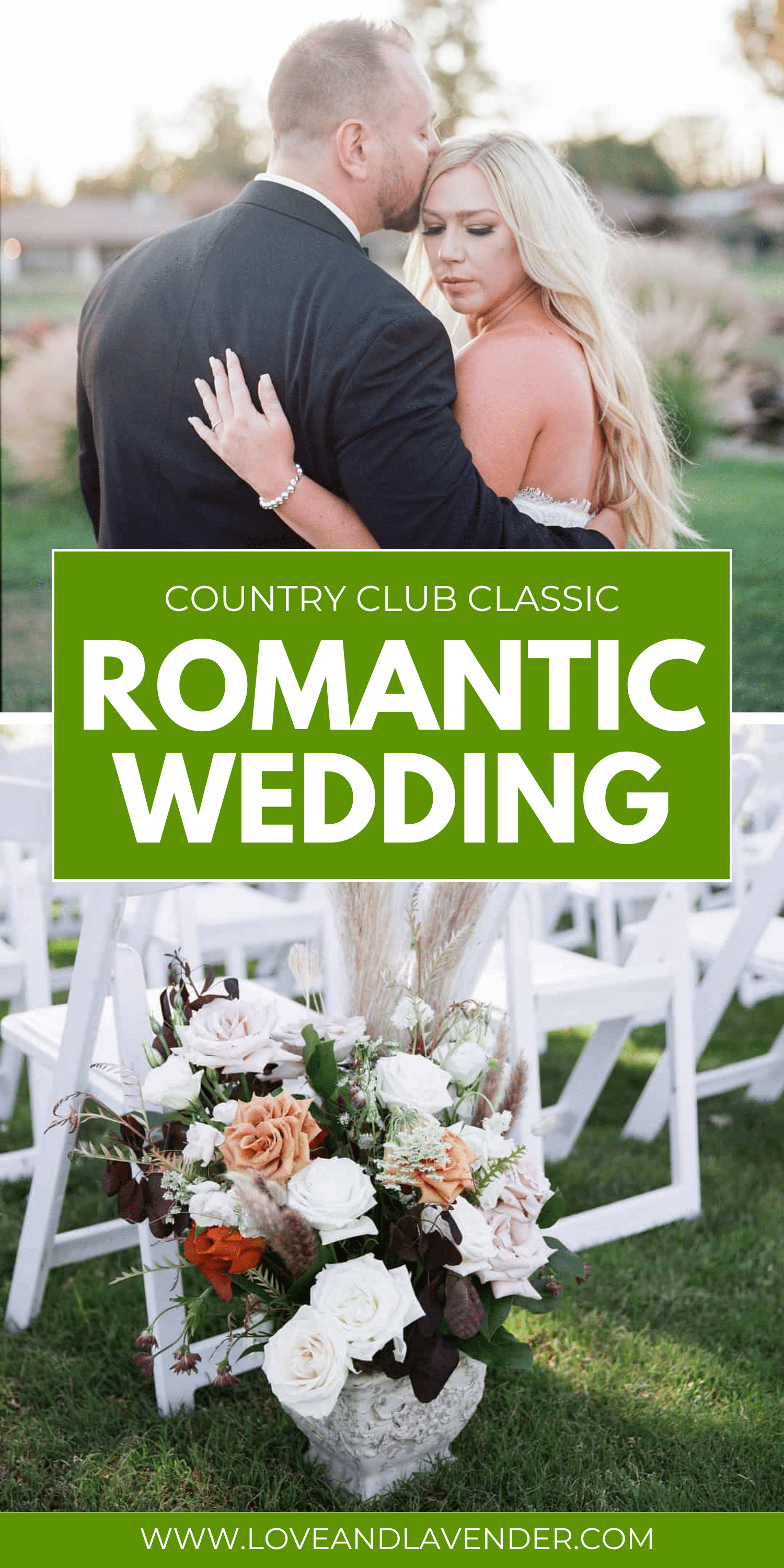

Leave a Reply